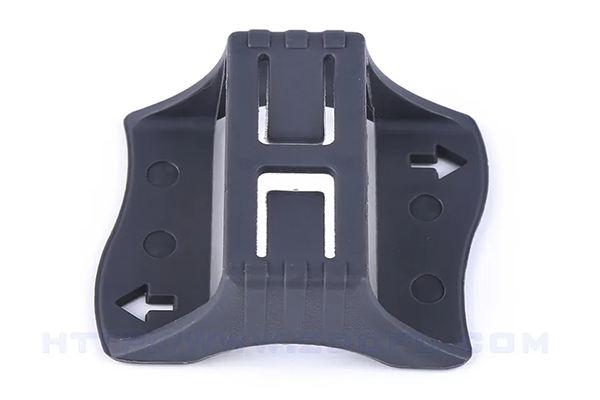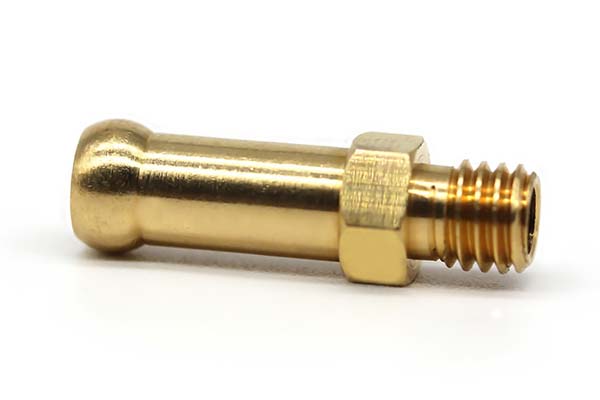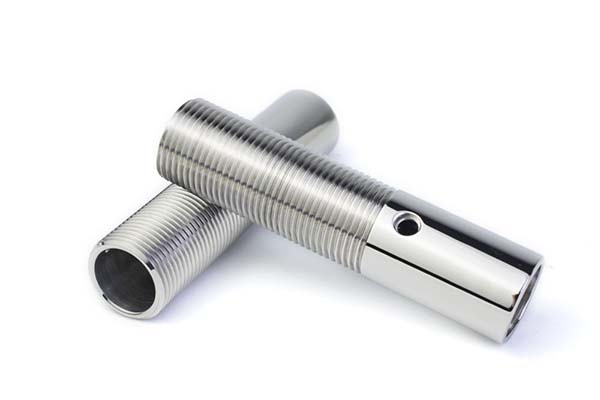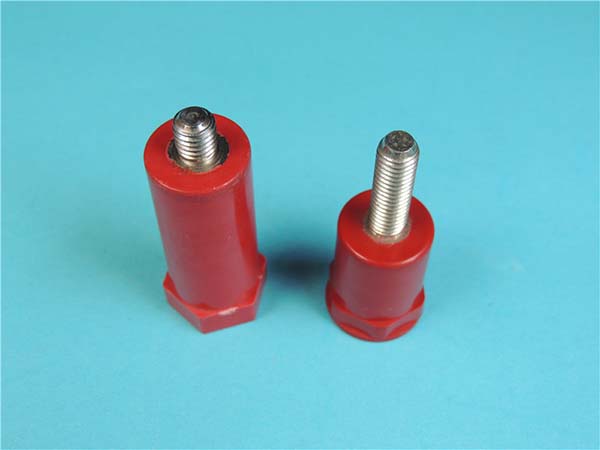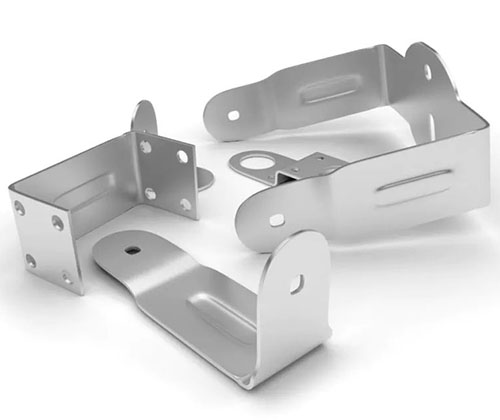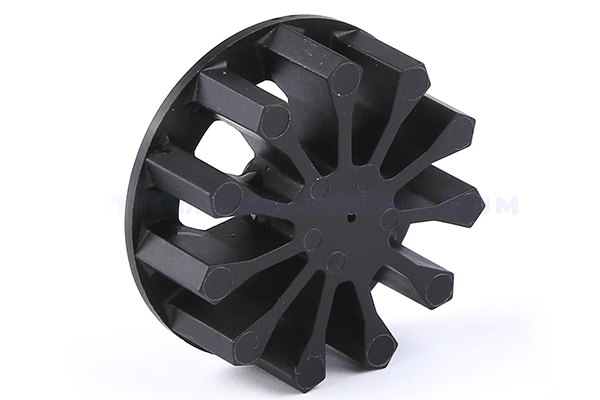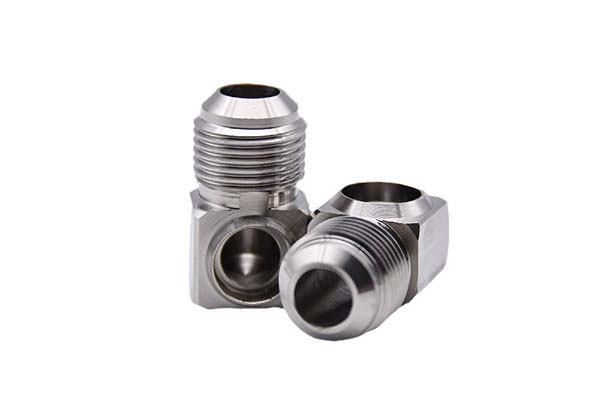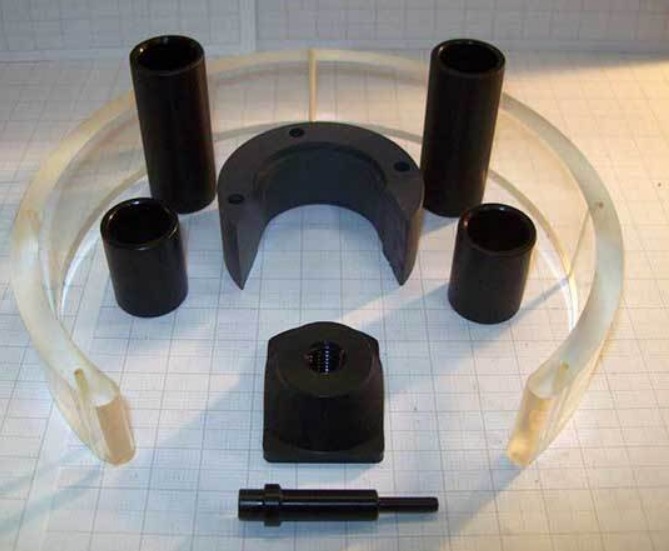Introduction to Solid-Based Rapid Prototyping
Solid-based rapid prototyping (SRP) is transforming the landscape of product development across various industries. This innovative method facilitates the rapid creation of three-dimensional models and parts directly from digital files, dramatically slashing both time and costs traditionally associated with prototyping. By utilizing advanced techniques such as 3D printing, businesses can quickly iterate on designs, test functionality, and refine prototypes before mass production. This process not only accelerates the development timeline but also increases prototype precision, resulting in superior products and a competitive market edge. This article delves into the principles, advantages, technologies, applications, challenges, and real-world success stories surrounding solid-based rapid prototyping.
Understanding Solid-Based Rapid Prototyping
What Exactly is Solid-Based Rapid Prototyping?
Solid-based rapid prototyping refers to the use of additive manufacturing processes to construct physical prototypes from digital models. Unlike traditional subtractive methods, which involve removing material from a larger block, SRP builds up material layer by layer. This approach enables more complex and flexible designs, allowing the creation of intricate geometries that would be difficult to produce using conventional techniques.
The Core Principles of SRP
SRP operates on the principle of layer-by-layer manufacturing, following these steps:
- Design: A digital model of the desired product is created using CAD software.
- Preparation: The model is sliced into thin, cross-sectional layers.
- Fabrication: Each layer is printed using a specific rapid prototyping technology and bonded to the one beneath it.
- Finishing: After all layers are constructed, the prototype undergoes post-processing to finalize its form and features.
This method of construction allows for the swift production of detailed parts with minimal waste.
Key Advantages Over Traditional Prototyping Methods
Speed and Efficiency
One of SRP’s most significant advantages is its speed. Traditional prototyping techniques can take weeks or even months, while SRP can deliver functional prototypes within days—or even hours. This sharp reduction in lead time enables companies to speed up product introductions, adapt quickly to market demands, and outpace competitors.
Cost Effectiveness
Though the initial setup for SRP technologies may be more expensive, the long-term savings are substantial. By eliminating the need for costly molds and tooling, reducing material waste, and shortening development timelines, SRP helps companies save money. Furthermore, the ability to quickly test and revise designs prevents resources from being wasted on flawed prototypes.
Greater Design Flexibility
SRP grants unparalleled freedom in design, enabling engineers to explore complex and innovative concepts without the constraints of traditional manufacturing. This flexibility fosters breakthrough innovations and enhances product performance. Additionally, rapid iterations based on testing allow designers to refine prototypes efficiently, ensuring the final product meets all specifications.
Precision and Accuracy
The layered nature of SRP ensures high precision, which is crucial in industries where exact dimensions and tight tolerances are required, such as in aerospace, automotive, and medical devices. The ability to create highly detailed prototypes helps guarantee that the final product will meet strict quality standards.
Technologies Driving Solid-Based Rapid Prototyping
3D Printing Technologies
3D printing, or additive manufacturing, is a key technology within SRP. It involves building objects layer by layer from a digital model, with several types of 3D printing technologies suited to different needs:
- Fused Deposition Modeling (FDM): A cost-effective method where thermoplastic filament is extruded through a nozzle and layered to form the object. This technology is versatile and widely applicable.
- Stereolithography (SLA): Uses lasers to cure liquid photopolymer resin layer by layer. SLA produces highly precise prototypes with a smooth finish, ideal for detailed models and end-use parts.
- Selective Laser Sintering (SLS): Involves sintering powdered material like nylon or polycarbonate with a laser to form solid parts, enabling the production of complex structures with good mechanical properties.
- Digital Light Processing (DLP): Similar to SLA but uses a digital light projector for faster production of detailed parts.
Computer-Aided Design (CAD) Software
CAD software is fundamental to SRP, enabling designers to create detailed digital models. These software programs allow modifications and optimizations during the design process. Popular CAD software includes Autodesk Inventor, SolidWorks, Siemens NX, PTC Creo, and Dassault Systèmes CATIA. These tools support advanced features such as parametric modeling, simulation, and finite element analysis, ensuring that designs are validated before physical production.
Material Selection
Choosing the right material is essential for SRP, as it affects both the functionality and appearance of the prototype. Common SRP materials include:
- Thermoplastics: Materials like ABS, PLA, and PETG are commonly used due to their affordability and ease of processing.
- Photopolymers: Light-cured resins are often used in SLA and DLP technologies for detailed prototypes.
- Metals: Metals like titanium, aluminum, and stainless steel are used in processes like Selective Laser Melting (SLM) for durable, high-performance prototypes.
- Composites: Materials that combine multiple components, like carbon fiber-reinforced polymers, offer enhanced strength and stiffness.
The choice of material depends on factors like mechanical properties, thermal resistance, chemical durability, and aesthetic needs.
Applications in Product Development
Iterative Design Process
SRP has revolutionized design iteration by enabling the quick production and testing of multiple design variations. This is particularly beneficial in the early stages of product development, where ideas are still being refined. Functional prototypes allow designers to test form, fit, and function, identify potential problems, and make necessary adjustments before moving to mass production. This iterative approach leads to better products and reduces the risk of costly mistakes.
Functional Testing
SRP also plays a critical role in functionality testing. Prototypes can be produced quickly to simulate real-world conditions and evaluate performance under various scenarios. This includes testing for mechanical strength, durability, ergonomics, and user interface interactions. Early identification of design flaws allows for prompt corrections, ensuring that the final product performs optimally.
Cost and Time Efficiency
The efficiency of SRP in reducing costs and time is especially beneficial for startups and small businesses, which often lack the resources of larger companies. By eliminating the need for expensive molds and tools, cutting development time, and reducing material waste, SRP helps these businesses bring innovative products to market more quickly.
Real-World Success Stories
Ford Motor Company
Ford has integrated solid-based rapid prototyping into its product development, significantly reducing the time required to bring new car models to market. One notable example is the development of the Ford Focus Electric, which went from concept to production in just 33 months, setting a record for electric vehicle development. The ability to rapidly iterate designs helped Ford introduce innovative features and meet consumer demands more effectively.
Nike
Nike has leveraged SRP technologies to revolutionize the design of footwear, creating custom shoes tailored to athletes’ specific needs. By using 3D printing, Nike can develop personalized footwear based on biomechanics and performance requirements. This customization has led to improved athletic performance and customer satisfaction, while also cutting down on development time and costs.
Addressing Challenges in Solid-Based Rapid Prototyping
Material Limitations
Although SRP offers a broad range of materials, certain specialized applications, like high-temperature environments or extreme chemical exposure, may have limited material options. Researchers are continuously developing new materials tailored for these needs, and hybrid materials that combine the best characteristics of multiple substances offer solutions to these challenges.
Post-Processing Challenges
Many SRP processes require post-processing to achieve the desired surface finish or mechanical properties. This can add time and expense to the process. However, advanced finishing technologies like CNC milling and laser sintering, as well as optimizing designs for easier post-processing, can help streamline these steps.
Intellectual Property Concerns
With the rise of SRP, concerns about intellectual property theft and unauthorized duplication of products have emerged. Companies can protect their designs by implementing strict access controls to digital files, limiting physical access to prototypes, and securing patents and trademarks.
Conclusion
Solid-based rapid prototyping is transforming product development by enabling faster iterations, greater design flexibility, and precise prototypes, all at reduced costs. Its applications span across industries, from automotive to aerospace, healthcare, and consumer electronics, making it an invaluable tool for bringing products to market swiftly and effectively. Despite challenges such as material limitations, post-processing requirements, and IP protection concerns, these can be addressed with ongoing technological innovation, strategic planning, and industry collaboration. As SRP continues to evolve, it will undoubtedly drive future innovations, competitiveness, and sustainability efforts globally.
